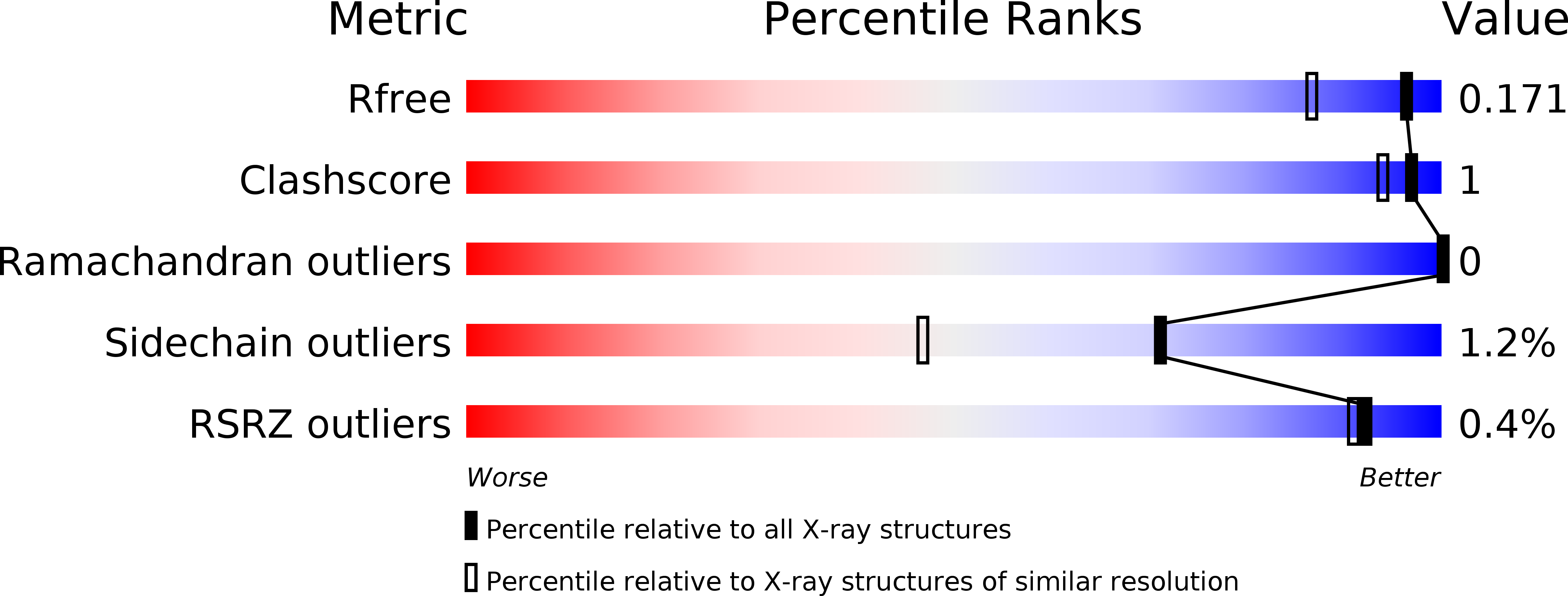
Deposition Date
2015-02-25
Release Date
2015-07-22
Last Version Date
2024-01-10
Entry Detail
Biological Source:
Source Organism:
Mycobacterium abscessus (Taxon ID: 36809)
Host Organism:
Method Details:
Experimental Method:
Resolution:
1.40 Å
R-Value Free:
0.17
R-Value Work:
0.14
R-Value Observed:
0.14
Space Group:
P 1 21 1


